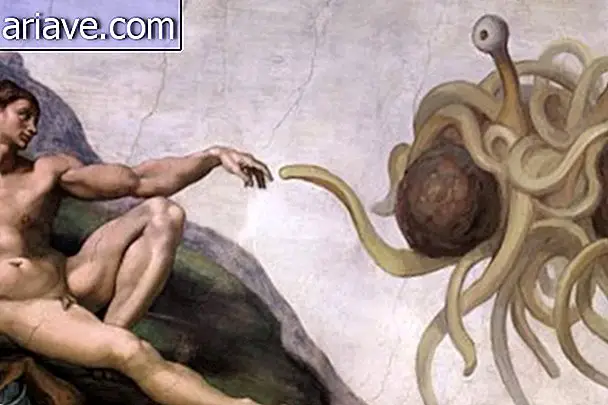Jurassic Platypus: Weird dinosaur discovered in Chile
Imagine a three-meter-long dinosaur with a pair of front paws shorter than the rear equipped with a pair of claws each. Now add a long neck, a disproportionately small head with respect to the body, and a beak like that, half hooked.
For according to Arielle Duhaime-Ross of The Verge portal, this strange dinosaur just described was scientifically named Chilesaurus diegosuarezi and was discovered in Chile. And he's so weird that some scientists are comparing the animal to a platypus, that is, to a beaver-tailed, duck-billed mammal that lays eggs!
Weird cousin

According to Arielle, C. diegosuarezi was discovered by a seven-year-old boy named Diego Suarez in 2004, and belongs to the same family as Tyrannosaurus and Velociraptor. However, instead of being carnivorous like the famous cousins, the weirdo fed on little plants.
The fossils - belonging to about 12 specimens - were found in a Chilean Patagonian formation known as Toqui, and paleontologists determined that the animals lived about 145 million years ago during the Jurassic Period. However, because the discovery had such a strange combination of anatomical features, the researchers thought it was the fossils of more than one species.

The researchers only found out that it was a single bug after performing a more thorough analysis of the fossils. According to Alexander Vargas, one of the researchers involved in the study of C. diegosuarezi, the dinosaur has several primitive characteristics, but by presenting a combination of radically different animal traits, it indicates that it also underwent major evolutionary transformations.
Dinosaur Platypus

According to The Guardian's Ian Sample, the discovery of C. diegosuarezi is one of the most remarkable in the last 20 years, and promises to make many paleontologists fry their brains to get it right in the evolutionary history of dinosaurs.
According to Vargas, the most unique attributes of C. diegosuarezi are its beak and curved claws. On the other hand, its flatter teeth - to chew on plants - its hip resembles that of herbivorous dinosaurs and its hind legs resemble those of more primitive specimens. In addition, despite belonging to the same dominant group of carnivores of the time, C. diegosuarezi's diet was "vegetarian".

Vargas said this particular trait is not completely unheard of, as tyrannosaurus had other herbivorous relatives. However, they emerged later in the evolutionary history of these animals, and were genetically closer to birds than to C. diegosuarezi . According to the paleontologist, this means that the plant-based diet was acquired by the theropods - the group to which tyrannosaurus belongs - earlier than previously thought.











